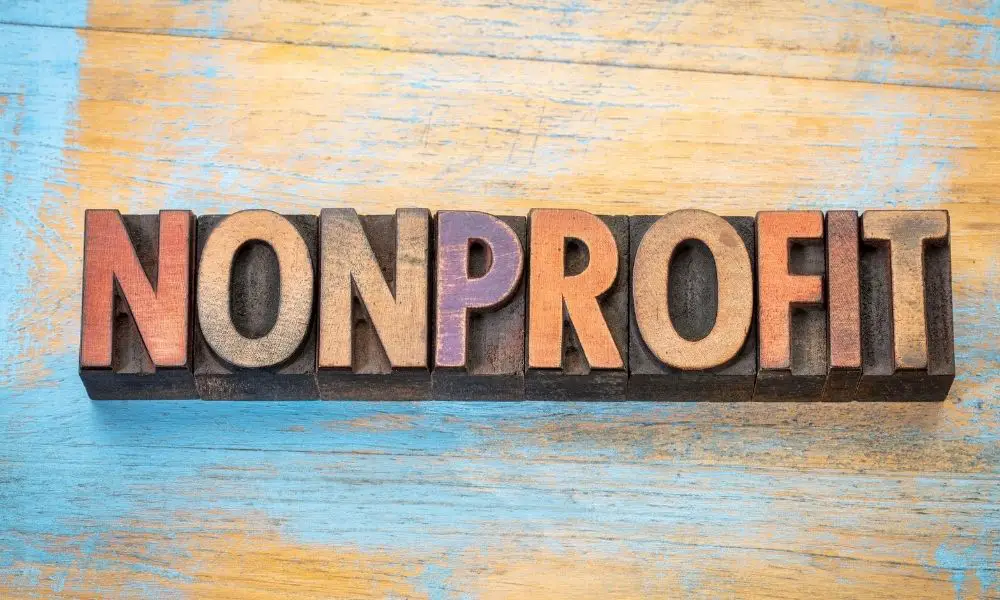Nonprofits are a crucial part of our society. They provide valuable services to people in need and often work with other organizations to create sustainable change in the world. However, it can be difficult for nonprofits to find the time or resources necessary to run an effective organization with all of these responsibilities. This blog post is designed to introduce tools that will help any nonprofit become more efficient and successful!
What Do Nonprofits Need Most?
Nonprofits need clarity on how to serve the community in which they operate. Without a clear understanding of their goals and who makes up their target audience, it can be difficult for them to find success. Therefore, nonprofits should focus on figuring out these two things as soon as possible.
For any nonprofit to be successful, they need four things in place that will help them achieve their goals. First, they need an understanding of the problem they are trying to solve and how it affects people, a sense of who makes up their target audience, and a clear plan for how they need to operate to create change.
Nonprofits must be held accountable by their donors or other supporters. This requires transparency so people know what exactly they’re supporting when donating money or time. It’s also crucial for nonprofits to give back and maintain a healthy balance with themselves and their well-being.
For your nonprofit organization to succeed, there are vital tools that can help you. These tools can be used to plan and manage your organization, keep track of donors and supporters, raise funds that will make a difference in the community, or develop partnerships with other nonprofits.
6 Tech Tools for Nonprofit Organizations:
1. Fundraising Software or Systems
This software is specifically designed for nonprofit organizations and makes it easy for them to manage their finances, online donations, and donor database through web-based reporting.
Related: GoFundMe Alternatives | Lowest Fee Fundraising Sites
2. CRM
A CRM is primarily used by salespeople to increase customer retention through outbound marketing activities, but it can be helpful in nonprofits. The right CRM for nonprofits can help you manage relationships with prospective contributors and past supporters. It allows you to keep them informed about your organization and give them an easy way to support you.
3. Recruitment Software
Recruitment software is designed for small nonprofits looking for volunteers, interns, or employees. Still, it should be considered by larger organizations as well because it will help you find the right people with the skills that match what you need quickly so you can focus your time on other tasks.
4. Project Management Software
Project Management software helps you organize all of the details that go into planning any project and get feedback from your team so you can make adjustments as needed to stay within budget, timeline, or scope. It should be considered by organizations serving large numbers of people because it will help keep everything organized and running smoothly.
5. Database Management Software
This software can organize all of your records, from donor information to the names of volunteers, interns, or employees, into a format that is easy for you to use but difficult for others, so you know where everything is at any time. Larger organizations should consider it because it will help with maintaining a more organized database.
6. Financial Tracking Software
This software can help you to analyze your budget and manage various fundraising campaigns through the entire process from start to finish, including tracking donations, volunteers, or other expenditures for specific projects. It is a valuable tool that nonprofits of all sizes should consider because it will make it easier to get information about your organization.
Related: FreshBooks Alternatives | Online Invoicing Software
With the tools mentioned above, organizing, managing, and keeping track of all activities in the organization becomes easier.
How Do Nonprofits Generate Funds?
Nonprofits generate funds by receiving donations, events, and grants. Nonprofit organizations have to comply with government regulations that require them to submit financial information about their organization for public transparency purposes.
Additionally, you can get funds from individuals, corporations, and foundations.
Nonprofits are not-for-profit organizations that provide social services to the general public without seeking any profit from their service delivery. Nonprofits also do not use their surplus income or assets for personal purposes of members other than those required by law or expressly authorized in writing by all Board Members when they were serving on the board at a time before dissolution occurred.
The following are some common fundraising ideas nonprofits can try:
- Sponsor people’s pets with matching funds to get more money donated towards animal charities
- Hold an auction event
- Donate used items such as furniture
- Clothing and appliances (in good condition)
- Sponsor online events where donors buy gifts that will be sent to children in need
Nonprofits can also solicit private, tax-deductible contributions; and seek grants from foundations or government agencies.
Conclusion
You’ve seen some of the most valuable tools for nonprofits and how they can utilize these resources to manage their work better while having time left over to enjoy life outside of just working on charitable causes or volunteering. However, you may not know that even if you are not affiliated with a nonprofit organization, you can still use these tools to help make your life easier.
Harry O’Neill writes about all things tech, SaaS, and marketing at Solution Suggest. He’s known for turning complex ideas into clear, actionable insights. With experience working alongside top-tier companies worldwide, he helps brands connect with their audiences through content that drives real results.





















